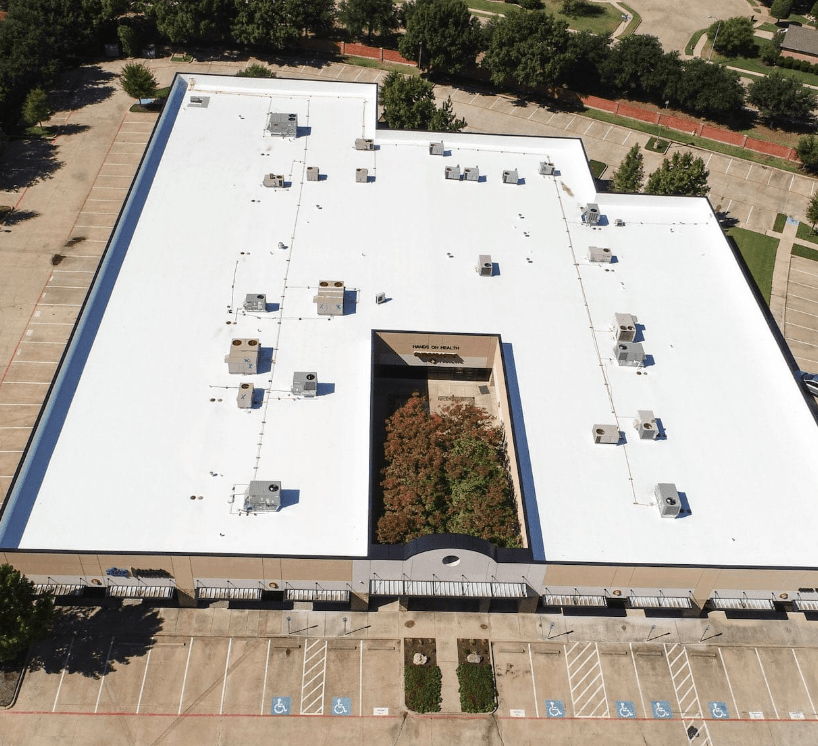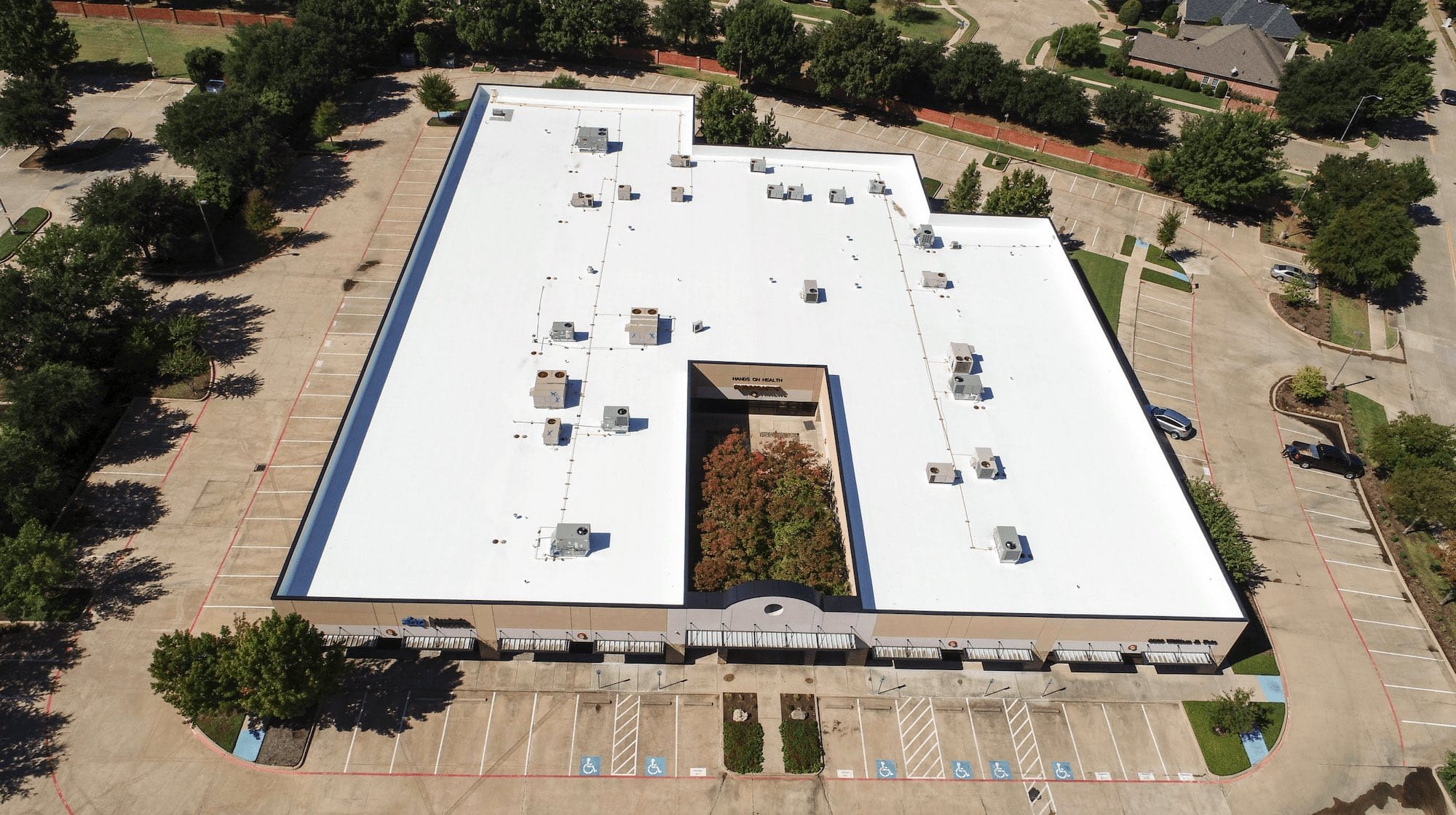IR Aerials
We've changed our name. We're now Structura View.


About Structura View
Structura View is a full-service roof consulting agency helping commercial property owners and other industry professionals manage and extend the life of their buildings. We provide drone inspections, moisture testing, reporting, consulting, and more.
Our History
2020
Initial Launch of IR Aerials
Full service roof inspection service is launched targeting inspections with drone thermal
and visual imagery.
2021
Service Regions Expanded
Roof & building facade investigations expand to North Pacific, Southeast, and Midwest.
2022
Services Offerings Expanded
Consulting Services & Quality Assurance Programs
are added.
2023
Then Came Structura View
Structura View rebrands as a full service roof consulting agency.
View our expanded capabilities and clients: